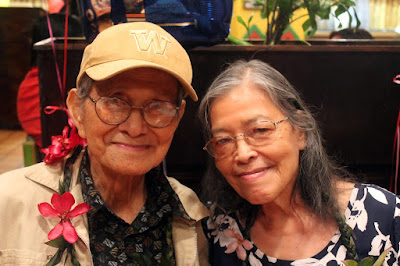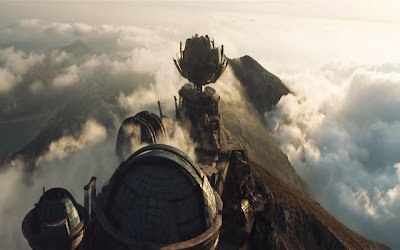History within the Chamorro Context

Rlene Santos Steffy published the article below during the summer as part of her iTintaotao Marianas feature series in The Guam Daily Post. I was honored to be included amongst so many other older and more esteemed activist and scholars. I conducted several long interviews with Rlene, some focusing on history and others on political status. I was surprised by her chosen route for this article, focusing on my learning the Chamorro language and my relationship to my grandparents. I was surprised, but not disappointed. The quote that she used at the start of the article is very much what I continue to feel about my Chamorro identity. Namely that if not for my grandparents, I wouldn't have much of a Chamorro identity and probably wouldn't speak Chamorro or care as much about the fate of the Chamorro people. Reading this article made me sen mahålang for my grandparents. I miss them every day, everytime I use the Chamorro language. Kada fumino' Chamorro nina'siente yu'




